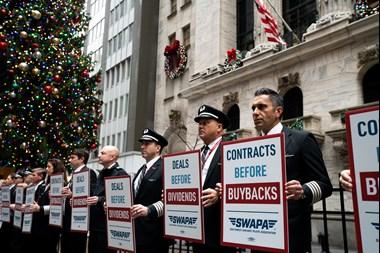Commentary
The saving grace of the U.S. economy for most of 2022 had been employment, which had printed positively each month. Employment even seems to have ameliorated the two consecutive quarters of declining GDP that occurred in the first half of the year that we identified as a recession. Unfortunately, we don’t think 2023 will be so auspicious.





